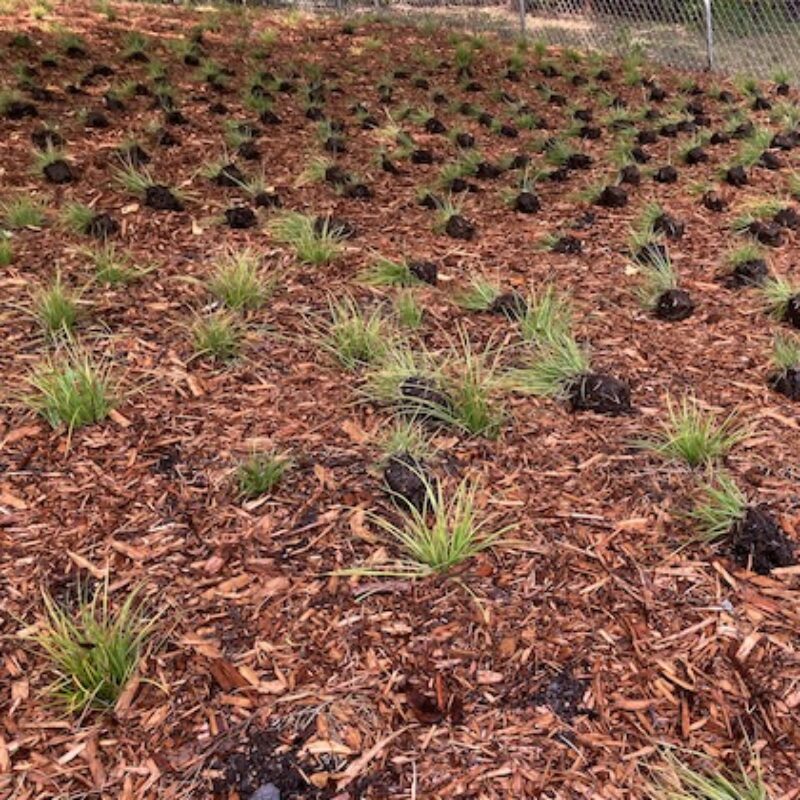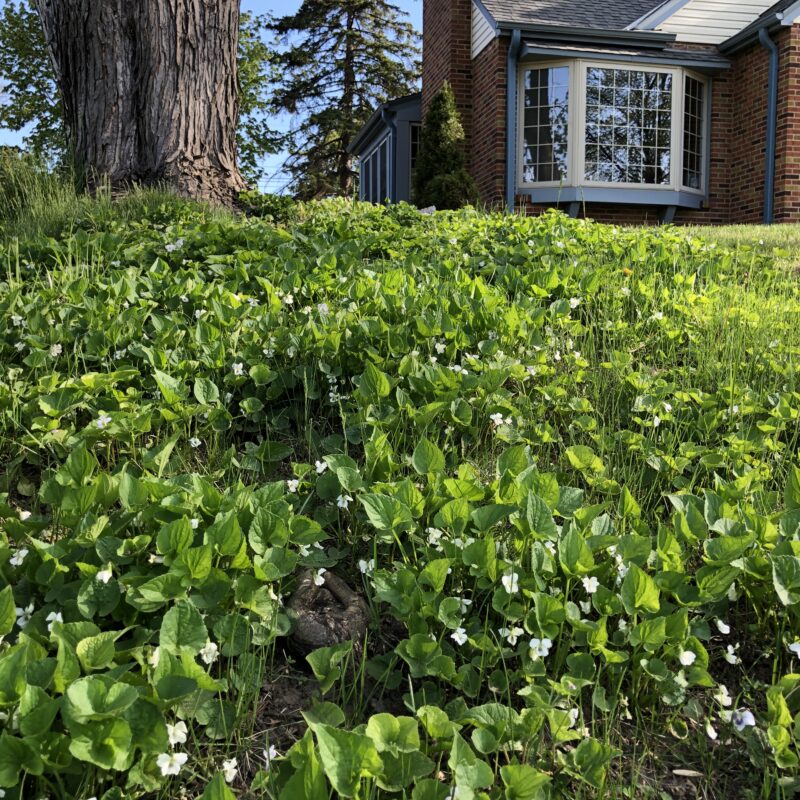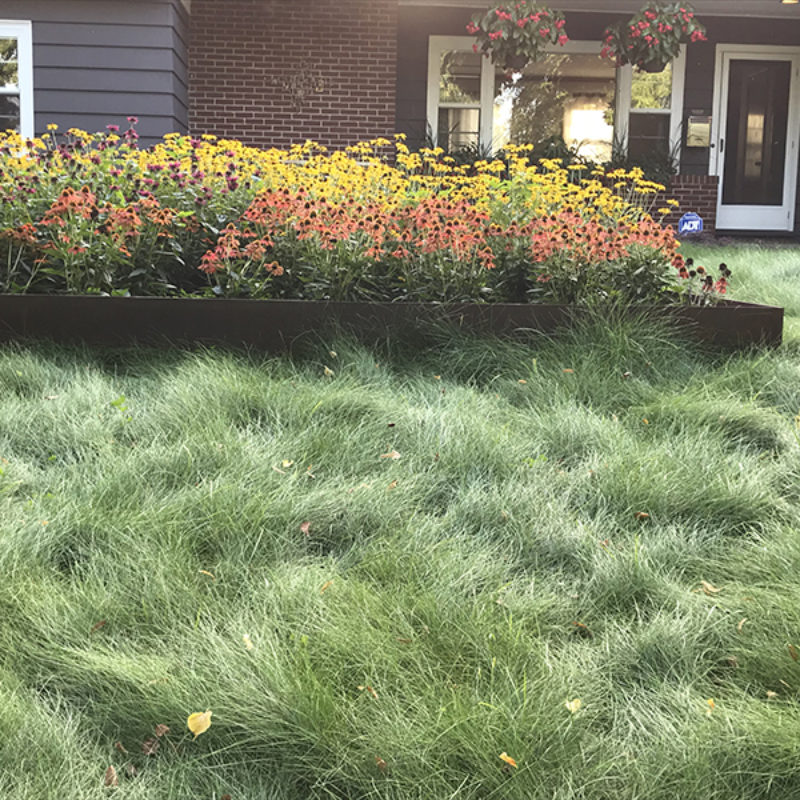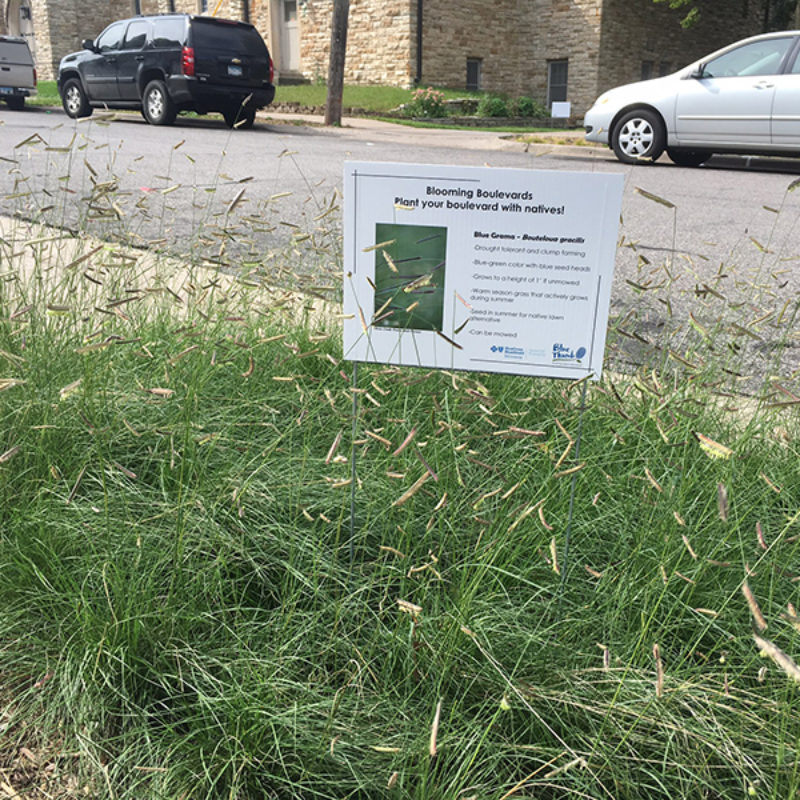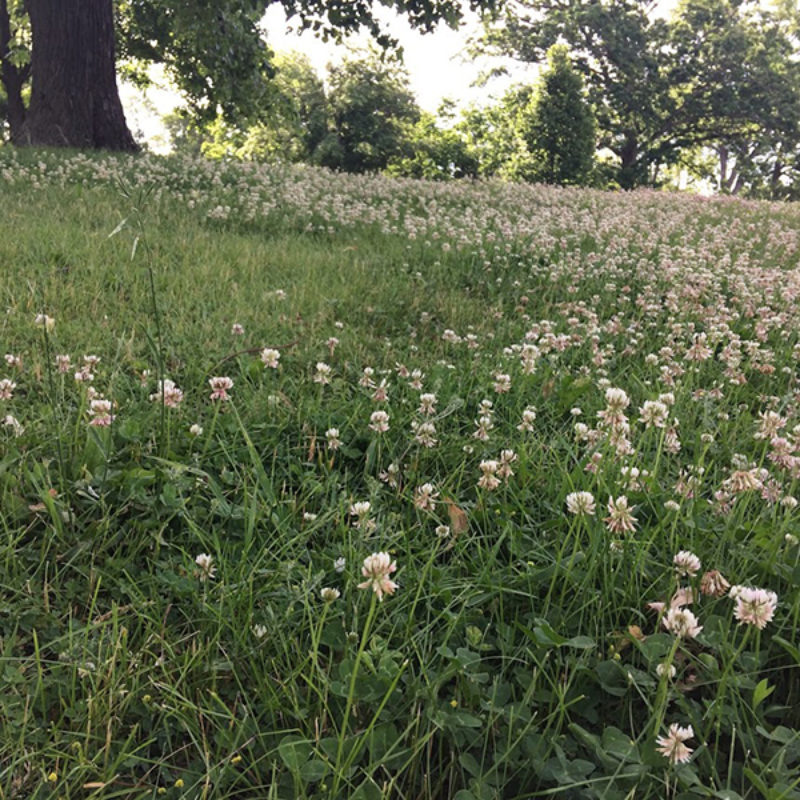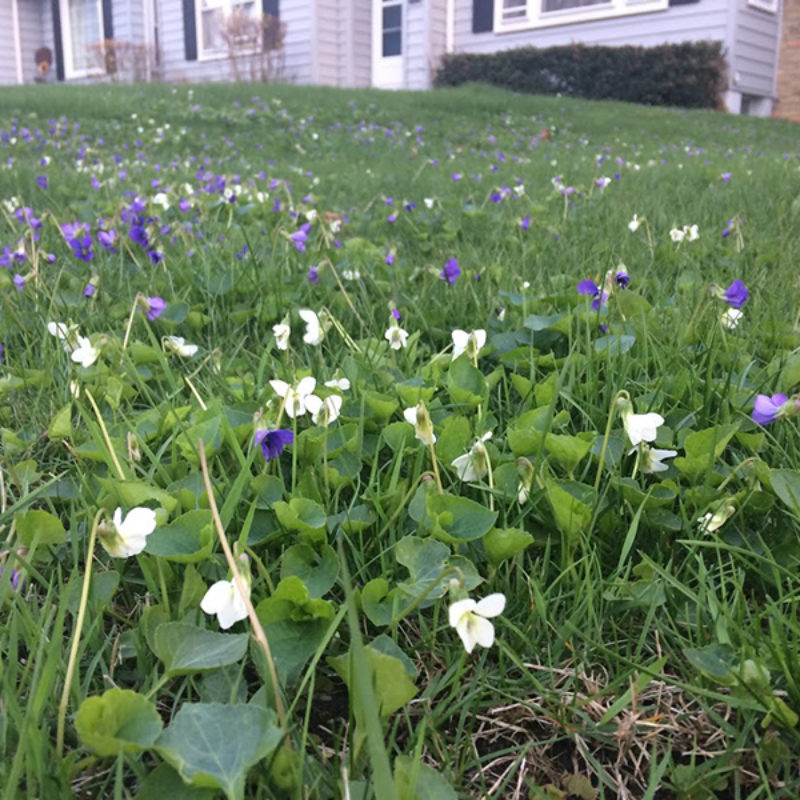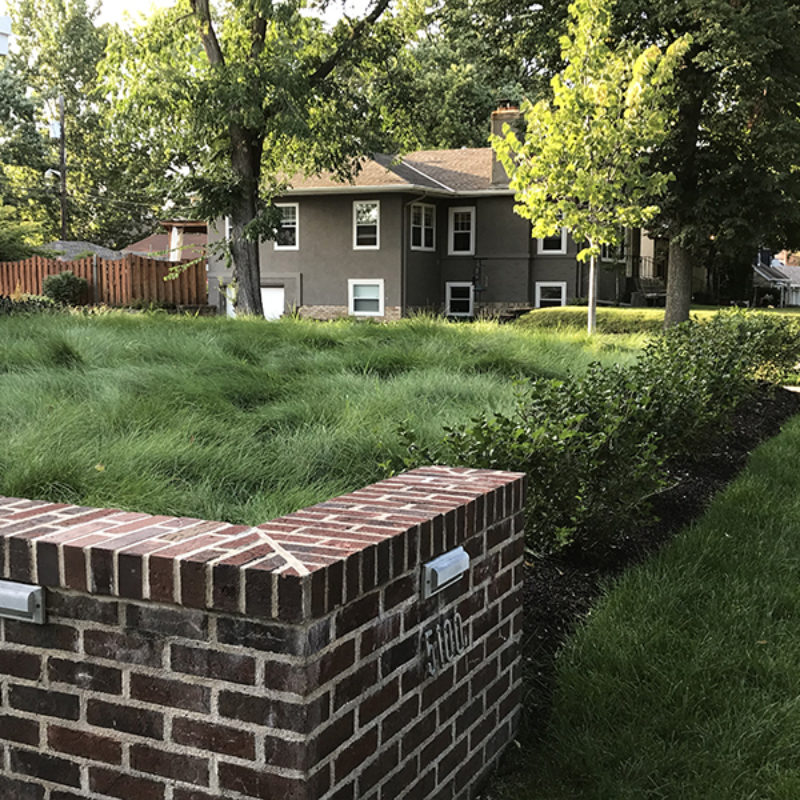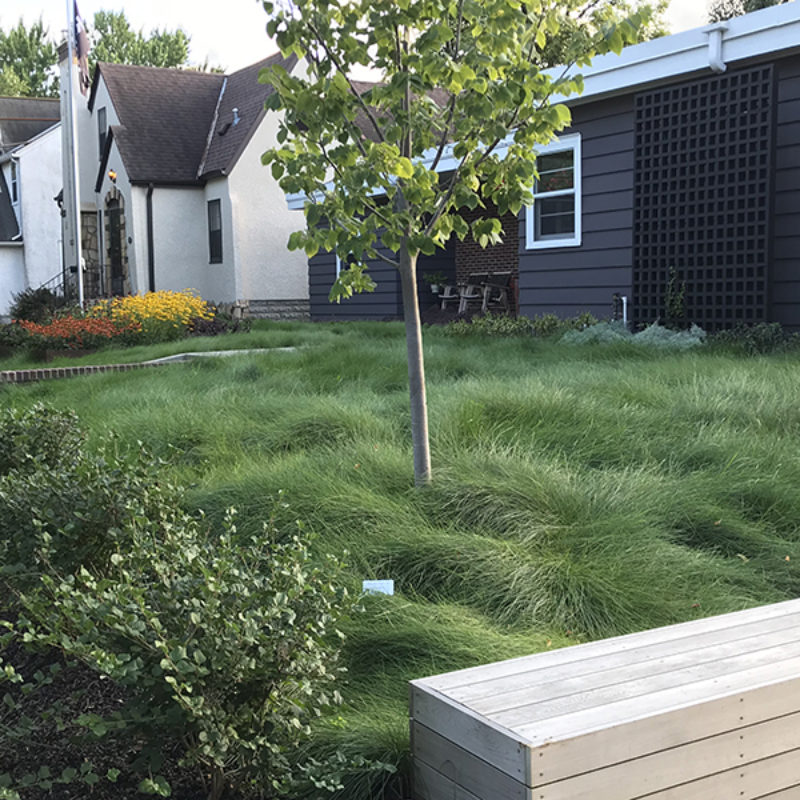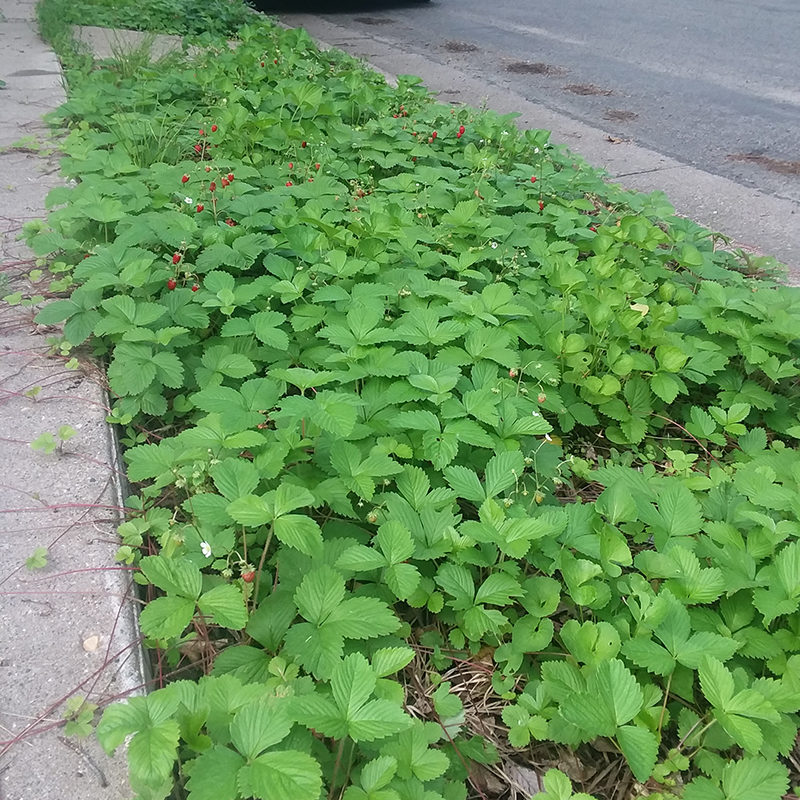Turf Alternatives
With so much of our urban and suburban environment covered by impermeable surfaces (roofs, streets, parking lots, etc.), how we choose to plant our remaining green spaces has critical consequences for water and habitat quality. Turf alternatives are low-growing ground covers that can supplement or replace Kentucky blue and other traditional turf grasses and still provide the benefits we look for in a lawn.
For more guidance on installing your turf alternative project, check out the Resilient Yards Online Learning Series.
| Traditional Turfgrass | Turf Alternatives |
| Require frequent mowing, chemicals (that don’t stay where they’re applied), and substantial irrigation to stay green through the summer. | Require less water and fertilizer than Kentucky bluegrass, most options require less mowing. Low maintenance while maintaining aesthetics and function. |
| Does a poor job of infiltrating water into the ground to be cleaned and cooled naturally—contributing to runoff that pollutes our lakes and rivers. | The deeper roots of turf alternatives help prevent soil erosion, filter contaminants from water, and sequester carbon. |
| Offers nothing to the beneficial insects we rely on to pollinate our gardens and control pests. | Flowering pollinator lawns provide high-quality forage for native bees. Low-maintenance turf has higher disease and insect resistance. |
How you typically use your lawn can help you choose which type of turf alternative is best for you:


